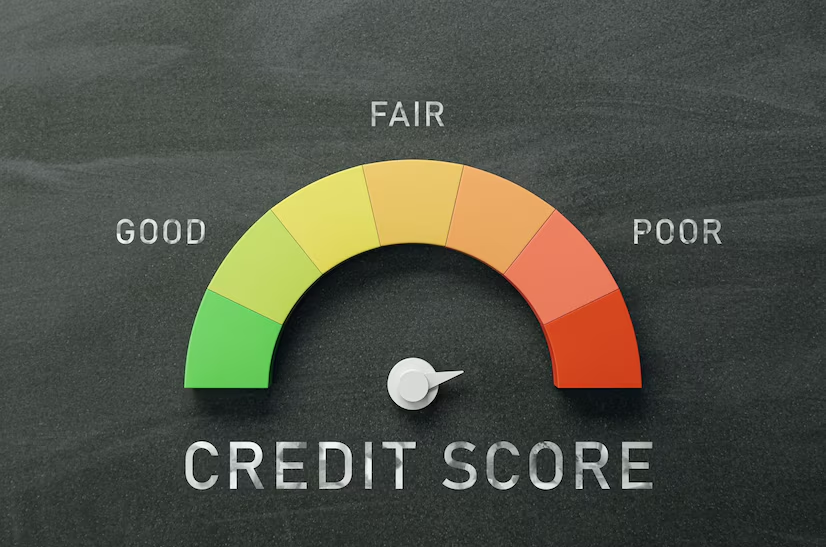Securing a business loan with bad credit can seem like a daunting task, but it’s not impossible. Many business owners with less-than-perfect credit scores have successfully obtained financing to grow their businesses. This comprehensive guide will unveil the truth about bad credit business loans, provide insider tips on how to get approved, and help you navigate the process effectively.
Understanding Bad Credit Business Loans
What is a Bad Credit Score?
A credit score is a numerical representation of your creditworthiness, typically ranging from 300 to 850. Here’s a general breakdown:
- Excellent: 750 and above
- Good: 700-749
- Fair: 650-699
- Poor: 600-649
- Bad: Below 600
A score below 600 is generally considered bad and can make securing a loan more challenging. However, many lenders offer bad credit business loans specifically designed for businesses with low credit scores.
Why Credit Scores Matter
Credit scores impact your ability to obtain financing and the terms of the loan. Lenders use credit scores to assess the risk of lending money. A low score can signal to lenders that you may be a higher risk, leading to higher interest rates and stricter terms.
Types of Bad Credit Business Loans
- Term Loans
Term loans provide a lump sum of money repaid over a fixed period with interest. While traditional term loans often require good credit, some lenders specialize in offering term loans to businesses with bad credit.
- Pros: Fixed repayment schedule, can be used for various purposes.
- Cons: Higher interest rates, may require collateral.
- Business Lines of Credit
A business line of credit gives you access to a pool of funds that you can draw from as needed. You only pay interest on the amount you use.
- Pros: Flexible access to funds, interest only on what you borrow.
- Cons: Variable interest rates, higher requirements for bad credit.
- Merchant Cash Advances
Merchant cash advances provide a lump sum in exchange for a percentage of future credit card sales. This option is often available to businesses with bad credit.
- Pros: Fast access to cash, repayment tied to sales.
- Cons: High cost, can impact cash flow.
- Invoice Financing
Invoice financing allows you to borrow against your outstanding invoices, providing immediate cash flow.
- Pros: Quick access to cash, no collateral needed.
- Cons: Can be expensive, reliant on invoice payments.
- Microloans
Microloans are small loans provided by non-profit organizations and other lenders, often targeting startups and small businesses with limited financing needs.
- Pros: Easier approval, supports new businesses.
- Cons: Smaller loan amounts, higher interest rates.
- Equipment Financing
Equipment financing is used to purchase business equipment, with the equipment itself serving as collateral.
- Pros: Easier approval, preserves working capital.
- Cons: Limited to equipment purchases, equipment can be repossessed if payments are missed.
How to Improve Your Chances of Approval
Assess Your Financial Situation
- Review Your Credit Report: Obtain your credit report and check for any errors or discrepancies that could be affecting your score.
- Understand Your Cash Flow: Analyze your cash flow to determine how much you can afford to borrow and repay.
Build a Strong Business Case
- Create a Detailed Business Plan: Include your business model, market analysis, financial projections, and how the loan will help your business grow.
- Showcase Your Business Strengths: Highlight your unique selling points, loyal customer base, and growth potential.
Improve Your Credit Score
- Pay Down Existing Debt: Reduce your overall debt to improve your credit utilization ratio.
- Make Timely Payments: Ensure all bills and existing loans are paid on time to build a positive payment history.
- Avoid New Credit Inquiries: Limit new credit applications, as multiple inquiries can lower your credit score.
Gather Necessary Documentation
- Financial Statements: Prepare up-to-date profit and loss statements, balance sheets, and cash flow statements.
- Tax Returns: Provide business and personal tax returns for the past two to three years.
- Legal Documents: Collect business licenses, articles of incorporation, and any other relevant documents.
Explore Alternative Lenders
- Online Lenders: Many online lenders specialize in bad credit business loans and offer fast approval and funding.
- Credit Unions: These member-owned institutions may offer more favorable terms and be more flexible with credit requirements.
- Non-Profit Lenders: Organizations like Community Development Financial Institutions (CDFIs) often provide loans to businesses with bad credit.
Provide Collateral
Offering collateral can reduce the lender’s risk and increase your chances of approval. Collateral can include real estate, equipment, inventory, or other valuable assets.
Insider Tips for Securing a Bad Credit Business Loan
Build Relationships with Lenders
- Start Early: Build a relationship with potential lenders before you need a loan.
- Maintain Transparency: Be honest about your financial situation and business challenges.
- Seek Feedback: Ask lenders for advice on how to improve your application.
Leverage Your Network
- Referrals: Seek referrals from your network to connect with potential lenders.
- Mentorship: Find a mentor who can guide you through the loan application process.
- Networking Events: Attend industry events to meet potential lenders and build relationships.
Use Technology to Your Advantage
- Online Applications: Utilize online lending platforms for a faster and more convenient application process.
- Financial Software: Use financial software to organize and present your financial information.
- Digital Marketing: Leverage digital marketing to showcase your business’s success and attract lender interest.
Be Persistent and Patient
- Follow Up: Follow up with lenders after submitting your application to demonstrate your commitment.
- Be Prepared for Rejections: Be prepared for potential rejections and use them as learning opportunities.
- Keep Improving: Continuously improve your business and financial health to enhance your chances of approval.
Common Mistakes to Avoid
Lack of Preparation
- Incomplete Documentation: Ensure all necessary documents are complete and up-to-date.
- Unrealistic Projections: Avoid presenting overly optimistic financial projections.
- Weak Business Plan: Develop a comprehensive and well-researched business plan.
Poor Financial Management
- High Debt Levels: Manage and reduce existing debt to improve your creditworthiness.
- Inconsistent Cash Flow: Maintain a consistent and positive cash flow to demonstrate financial stability.
- Lack of Record-Keeping: Keep detailed and organized financial records to support your application.
Choosing the Wrong Lender
- Inadequate Research: Research and compare different lenders to find the best fit for your needs.
- Ignoring Terms and Conditions: Carefully review the terms and conditions of the loan before signing.
- Overlooking Fees and Penalties: Be aware of any fees and penalties associated with the loan.
Poor Communication
- Lack of Transparency: Be honest and transparent with your lender about your business’s financial health.
- Infrequent Updates: Keep your lender informed of any significant changes or developments in your business.
- Ignoring Feedback: Listen to and act on feedback from your lender to improve your application.
Conclusion
Securing a bad credit business loan requires careful preparation, strategic planning, and effective communication. By understanding the types of loans available, assessing your financial situation, and building a strong business case, you can enhance your chances of approval. Building relationships with lenders, leveraging your network, and using technology to your advantage are also key strategies for success. Avoid common mistakes, maintain transparency, and be persistent in your efforts to secure the funding your business needs to thrive.


















